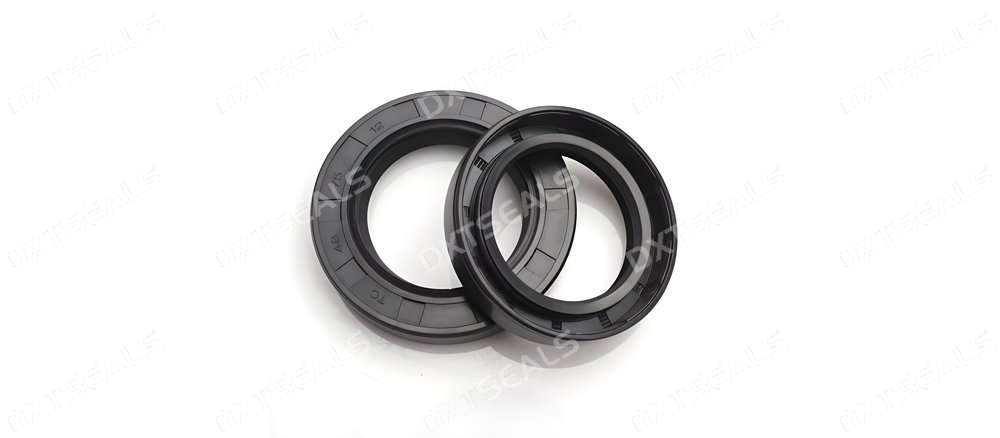
Oil seals are essential components in many types of industrial and automotive machinery, responsible for preventing fluid leakage and protecting against contaminants. Over time, oil seals can wear out, leading to performance issues, potential damage, and costly downtime. In this article, we’ll walk you through five key indicators that help determine whether an oil seal is worn and needs replacement.
🔧 1. Visible Oil Leakage
One of the most obvious signs of a worn oil seal is external oil leakage. If you notice oil pooling around the seal, shaft, or housing, it’s a strong indicator that the seal lip has degraded or hardened, losing its sealing capability.
✅ Tip: Inspect both static (outer edge) and dynamic (lip contact) areas for signs of leakage or oil traces.
🔊 2. Unusual Noise or Vibration
A worn oil seal may lead to increased friction between moving components, resulting in noise or vibration during operation. This is especially common in high-speed machinery like automotive engines or rotating shafts.
⚠️ Warning: Ignoring these early noises can result in bearing damage or further seal deterioration.
🌀 3. Contamination Inside the System
Oil seals not only retain fluids—they also prevent dirt, water, or dust from entering the system. If you notice discoloration of oil, metal particles, or other contaminants in your lubricant, your seal may be compromised.
🧪 Solution: Analyze the oil sample. Milky oil may indicate water ingress, while dark, gritty oil signals dust or wear debris.
⚙️ 4. Shaft Wear or Scoring
Oil seals often fail prematurely when the shaft surface becomes worn or scratched. However, the reverse is also true—a failing seal may allow metal-on-metal contact, accelerating shaft wear.
📏 Checkpoint: Use a micrometer or visual inspection to examine for grooves, pitting, or excessive runout.
🕳 5. Seal Lip Hardening or Cracking
Over time, exposure to heat, chemicals, and mechanical stress can cause the rubber lip of an oil seal to harden or crack. This reduces elasticity, leading to improper contact and potential leakage.
🧤 Inspection: Remove the seal and check the lip condition. A flexible, undamaged lip is key to good sealing.
✅ When Should You Replace an Oil Seal?
If your equipment shows two or more of the above signs, it's recommended to replace the seal immediately to avoid further damage. In high-performance or safety-critical systems, proactive replacement based on hours of use or operating conditions is ideal.
🛠️ Bonus Tips for Extending Oil Seal Life
-
Ensure correct shaft surface finish (0.2–0.8 µm Ra recommended)
-
Avoid dry running during installation
-
Lubricate seal lips before use
-
Use appropriate materials (e.g., FKM, NBR, PTFE) based on operating temperature and chemical exposure
🏁 Conclusion
Recognizing the signs of oil seal wear can help prevent costly failures and ensure equipment longevity. From external leaks to changes in oil quality, these five criteria give you a reliable basis for assessing seal condition. At DXTSEALS, we provide high-performance oil seals designed for durability in demanding environments.
🔗 Learn more about our products at www.dxtseals.com
📩 Contact us for technical support or to request custom seal solutions.
